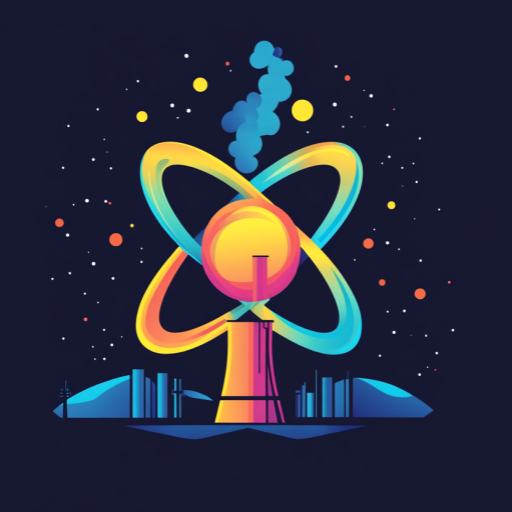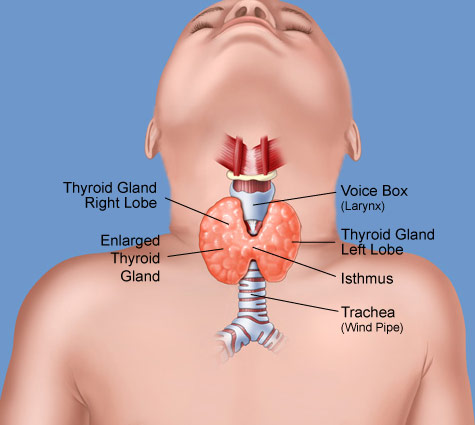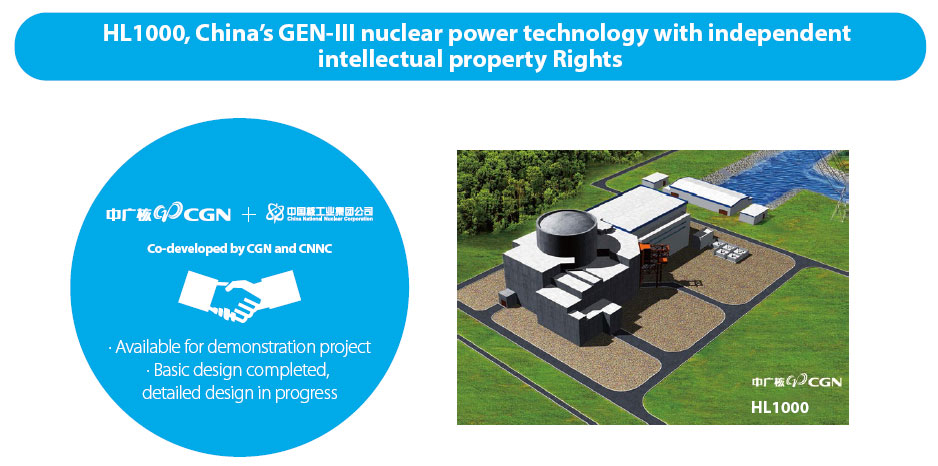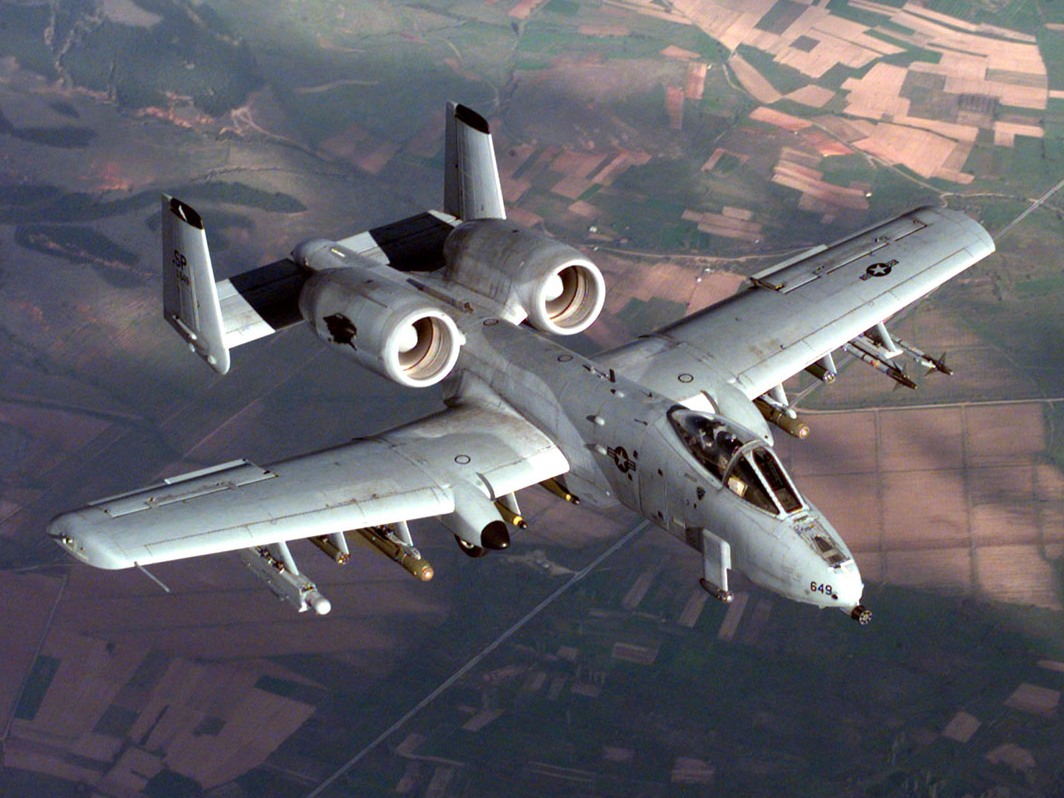I have often blogged about adverse health effects of radiation. One of the big problems with exposure to radiation is that there are many other factors that influence health impact. In addition, the radiation is invisible which makes it harder to know about possible exposure. And it can take years for the appearance of any symptoms from radiation poisoning.
I have also blogged about the terrible accident at the Chernobyl Nuclear Power Plant, Ukraine in 1986 while it was under the control of the Soviet Union. “An explosion and fire released large quantities of radioactive particles into the atmosphere, which spread over much of the western USSR and Europe.” There was a recent article about wild boars in Germany with flesh too radioactive to eat. The hogs were contaminated while rooting in ground containing radioactive materials from Chernobyl from the accident that occured almost forty years ago.
Now a medical study by members of the d has discovered that exposure to radioactive iodine released by Chernobyl was associated with an especially aggressive form of thyroid cancer. The survey was conducted on twelve thousand people who were children or adolescents in Belarus when the Chernobyl accident occured. The study was based on diagnoses of thyroid cancer in the twenty years following Chernobyl. As the estimated level of radiation exposure increased, the aggressiveness of the tumors increased. The conclusions of the study suggest that many children and adolescents in the area of the Fukushima March 2011 nuclear disaster are at risk for especially aggressive forms of thyroid cancer. There have been reports of increases in childhood thyroid disease in the vicinity of the Fukushima nuclear power plant following the disaster.
The study also found that exposure to radioactive iodine can cause a wide spectrum of thyroid diseases from the relatively harmless to the very dangerous. In any case, the treatment for any serious thyroid illnesses is to surgically remove the thyroid and to have the patient take pills to replace the hormones produced by a healthy thyroid gland. Taking these supplement pills for a lifetime can be expensive and complicated. Thyroid cancer is usually rare among children and among adults, on average, there will be around thirteen cases per one hundred thousand people. However, there were one hundred and fifty eight thyroid cancers in the sample of almost twelve thousand people in Belarus. This is about one hundred times the normal rate of thyroid cancer. Higher radiation doses were associated with more aggressive cancers that spread to lymphatic vessels.
I posted recently about accepted radiation release levels for operating nuclear power plants in the United States. The companies operating the power reactor report their averages emissions for the year and, as long as the average does not exceed the limit set by the NRC, the reactors were deemed to be operating safely. However, it turns out that when the reluctant companies were forced to release their hour by hour emissions, there was a huge spike in emissions when the reactor was opened for refueling. Among the radioactive materials releases in such spikes was a radioactive isotope of iodine. These is evidence of an increase in childhood leukemia and other health problems downwind of these plants but it was hard to pinpoint because the period of exposure iss brief and most dangerous to pregnant women.
A recent metastudy of naturally occurring background radiation levels and health revealed that there is a close relationship between natural levels of background radiation and health problems related to radiation exposure. In other words, it appears that there is no “safe” level of radiation. Starting from zero background radiation, every increase in background radiation is associated with an increase in cancer, birth defects and other health problems. Bottom line, even nuclear power plants operating within acceptable parameters are not “safe” to those who live nearby.






